Time: 2025-07-30 05:57:28 Source: Henan Province Jianyun Cable Co., Ltd.
The IEC 60502 standard, developed by the International Electrotechnical Commission, specifies requirements for power cables with extruded insulation and their accessories for rated voltages from 1 kV to 30 kV. It is divided into parts, with IEC 60502-1 covering cables for rated voltages of 1 kV (U₀ = 0.6 kV) and 3 kV (U₀ = 1.8 kV), and IEC 60502-2 addressing cables for rated voltages from 6 kV (U₀ = 3.6 kV) to 30 kV (U₀ = 18 kV). This document provides a detailed overview of the standard’s requirements for power cable insulation, including materials, thickness, and performance criteria, presented in a formal and structured manner.
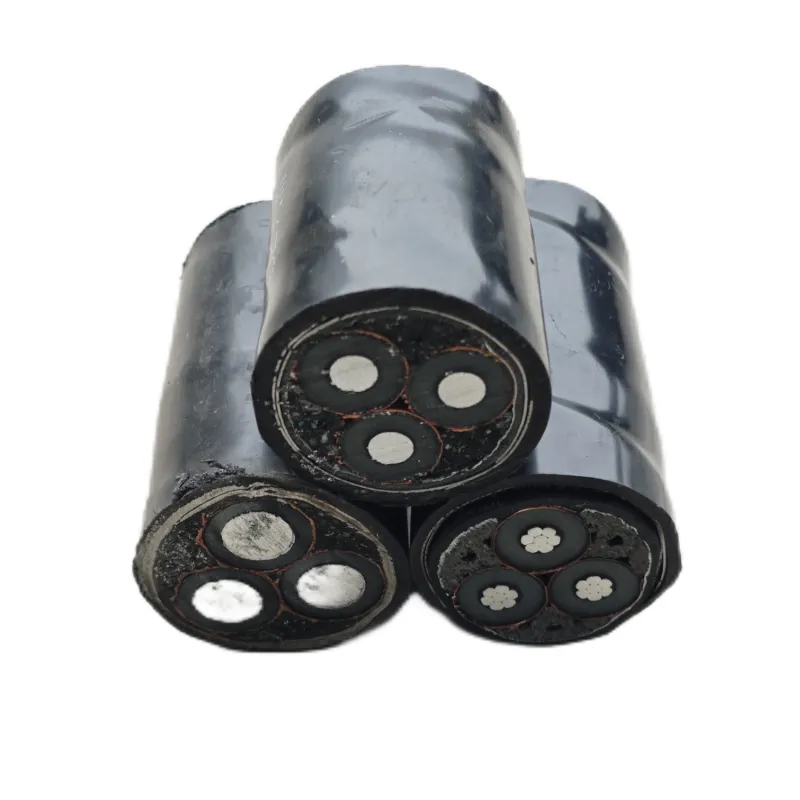
IEC 60502 applies to cables used in fixed installations, such as underground, indoor, or outdoor power distribution systems. It covers cables with extruded insulation, including single-core and multi-core designs, with or without armoring or shielding. The standard specifies insulation materials, thickness, and performance requirements to ensure electrical, mechanical, and environmental reliability.
The standard permits specific insulation materials based on voltage rating and application, as outlined below:
| Insulation Material | Voltage Range | Max Operating Temperature | Key Characteristics |
|---|---|---|---|
| PVC | 0.6/1 kV, 1.8/3 kV | 70°C | Good dielectric, cost-effective, limited thermal resistance |
| XLPE | 0.6/1 kV to 18/30 kV | 90°C | High dielectric strength, thermal stability, moisture resistance |
| EPR | 6/10 kV to 18/30 kV | 90°C | Flexible, thermal resistance, suitable for dynamic applications |
| HDPE | Special applications | Varies | High moisture resistance, typically used as sheathing |
IEC 60502 specifies minimum insulation thickness to ensure dielectric strength and prevent breakdown, varying by voltage rating and conductor size:
| Voltage Rating | Insulation Material | Thickness Range |
|---|---|---|
| 0.6/1 kV | PVC, XLPE | 0.7–1.2 mm |
| 6/10 kV | XLPE, EPR | 3.4–5.5 mm |
| 18/30 kV | XLPE, EPR | 8.0 mm |
The standard mandates specific tests to ensure insulation performance:
| Test Type | Requirement | Applies To |
|---|---|---|
| Dielectric Strength | 3.5 kV for 5 min (LV); 2.5x rated voltage for 15 min (MV) | All cables |
| Partial Discharge | <10 pC at 1.5x rated voltage | MV cables (IEC 60502-2) |
| Thermal Stability | 70°C (PVC), 90°C (XLPE/EPR) | All cables |
IEC 60502 aligns with other standards to ensure comprehensive performance:
The IEC 60502 standard specifies PVC, XLPE, and EPR as primary insulation materials for power cables rated from 0.6/1 kV to 30 kV, with insulation thickness and properties tailored to voltage levels. It ensures safety and reliability through rigorous testing for dielectric strength, partial discharge, and thermal stability. By selecting cables compliant with IEC 60502 and verifying certifications, project managers can ensure efficient and safe power distribution for applications ranging from residential wiring to industrial systems.
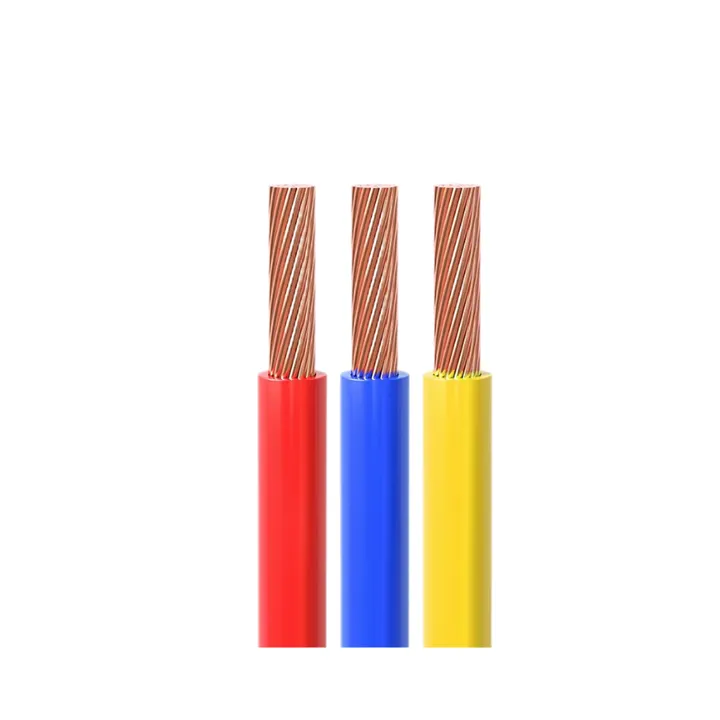
CE Certification 450/750v H07VVF Flexible Copper PVC Insulated Ac Cable 3*2.5 Mm
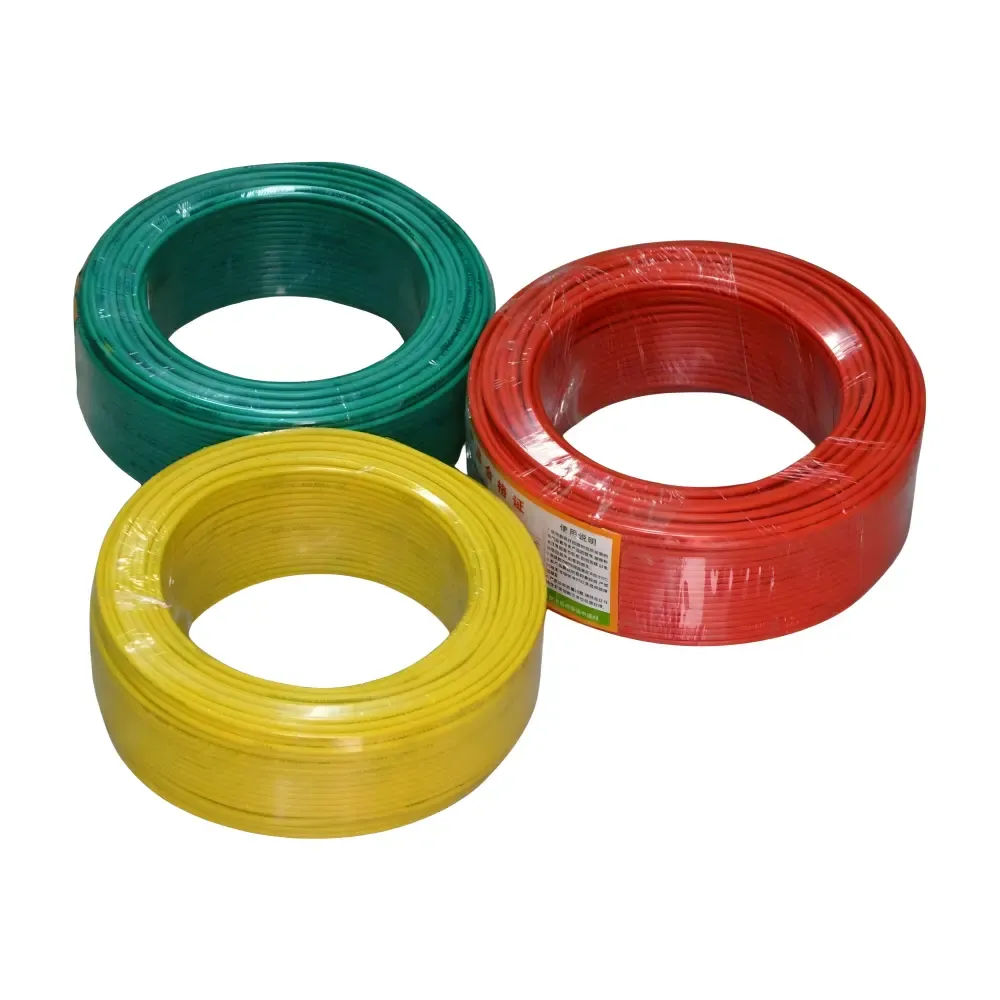
low voltage copper conductor PVC insulation underground BV BVR cable for industr
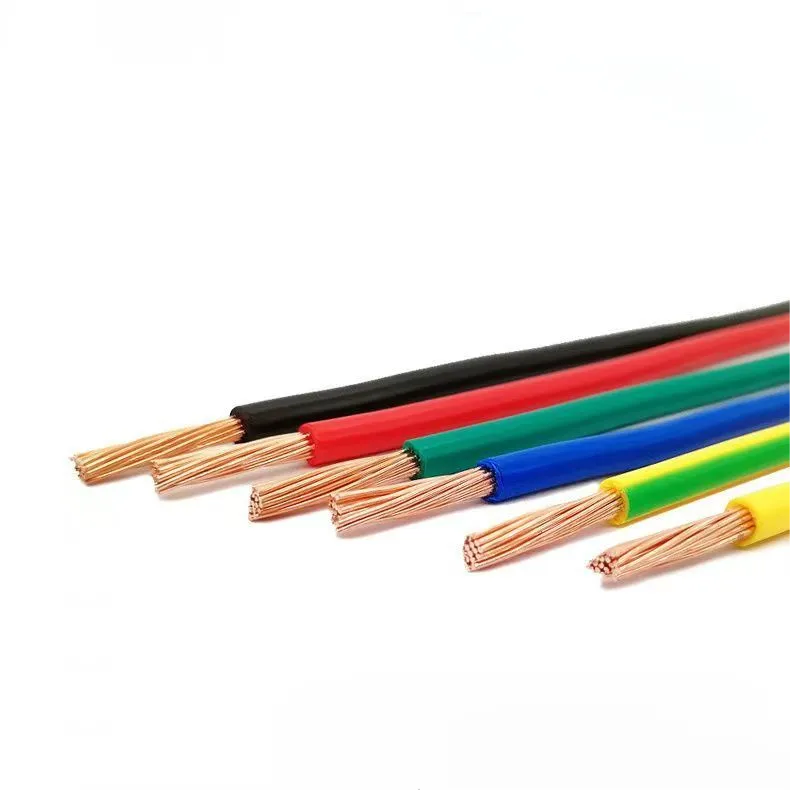
PVC electric wires are one of the most widely used electrical conductors in resi
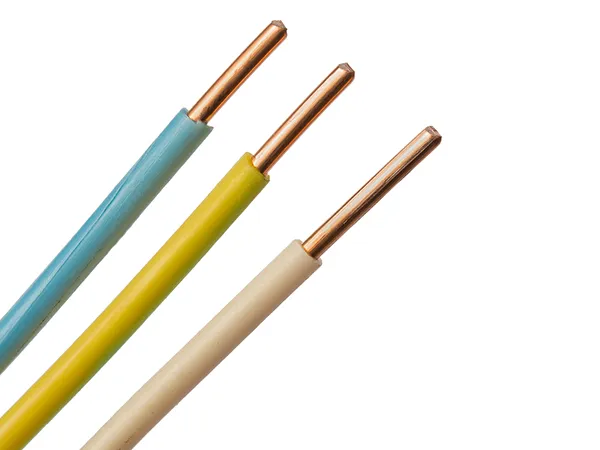
H07V-U wire is a flexible, low voltage electrical wire commonly used in industri